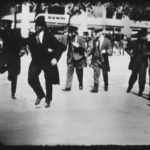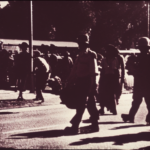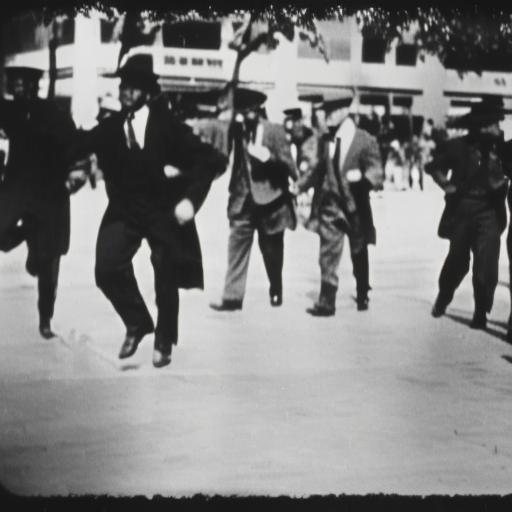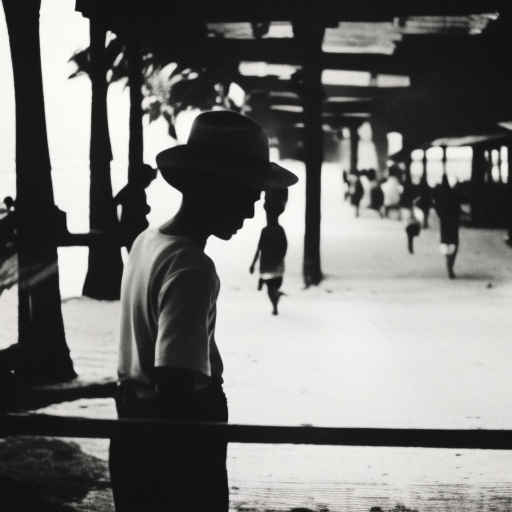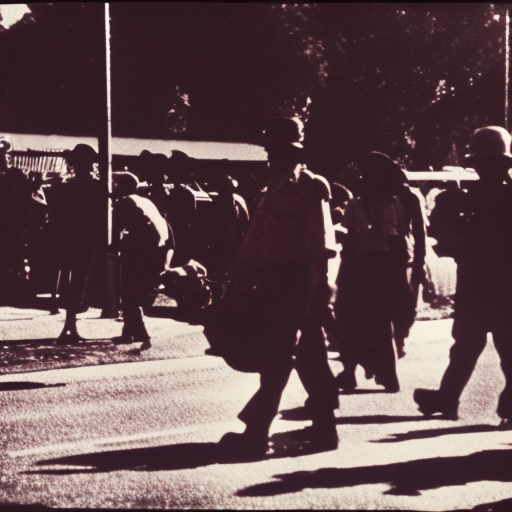The Cuban Revolution (1953-1959)
The Cuban Revolution was a major armed revolt that took place in Cuba between 1953 and 1959. Led by Fidel Castro and his revolutionary movement, the revolution aimed to overthrow the authoritarian regime of Cuban dictator Fulgencio Batista and establish a socialist state in Cuba.
Background:
In the early 1950s, Cuba was under the rule of Fulgencio Batista, who had seized power through a military coup in 1952. Batista’s regime was characterized by corruption, repression, and economic inequality, with a small elite benefiting at the expense of the majority of the population. Dissatisfaction with Batista’s rule grew, leading to the emergence of various opposition groups.
The Attack on the Moncada Barracks (1953):
On July 26, 1953, Fidel Castro and a group of revolutionaries launched an attack on the Moncada Barracks, a military garrison in Santiago de Cuba. The attack was intended to spark a popular uprising against the Batista regime. However, the assault failed, and many of the rebels were captured or killed. Castro himself was arrested and sentenced to 15 years in prison.
The Sierra Maestra Guerrilla War (1956-1959):
After being released from prison in 1955, Castro went into exile in Mexico, where he formed a revolutionary group called the 26th of July Movement. In December 1956, Castro and a small group of rebels, including Ernesto “Che” Guevara, returned to Cuba and established a base in the Sierra Maestra mountains. From there, they launched a guerrilla war against the Batista regime.
Over the next two years, Castro’s guerrillas gained support from the rural population and conducted successful military operations against Batista’s forces. The rebels’ tactics included hit-and-run attacks, ambushes, and sabotage. They also implemented social reforms in the areas they controlled, such as land redistribution and improved healthcare and education.
Urban Resistance and International Support:
While the guerrilla war was taking place in the mountains, urban resistance against the Batista regime was also growing. Students, workers, and other opposition groups organized strikes, protests, and acts of sabotage. The urban resistance, combined with the success of the guerrillas, put increasing pressure on Batista’s government.
The revolution also received support from international actors. The Soviet Union provided military and economic aid to Castro’s forces, and other Latin American countries, such as Mexico and Venezuela, expressed solidarity with the Cuban revolutionaries. In contrast, the United States initially supported Batista, viewing him as a bulwark against communism in the region.
The Fall of Batista and the Triumph of the Revolution:
By late 1958, Batista’s regime was in a state of collapse. The guerrillas had gained control over significant portions of the country, and popular support for the revolution was growing. On January 1, 1959, Batista fled Cuba, and Castro’s forces entered Havana in triumph.
Following the revolution’s victory, Castro and his allies implemented a series of radical reforms. These included nationalizing industries, collectivizing agriculture, and implementing a centralized planned economy. They also carried out a comprehensive land reform program and launched campaigns to improve literacy and healthcare.
Impact and Legacy:
The Cuban Revolution had a profound impact on Cuba and the wider world. Internally, it transformed Cuba from a corrupt and unequal society into a socialist state with a strong emphasis on social justice and equality. However, it also led to the suppression of political dissent and the establishment of a one-party system.
Externally, the revolution had significant geopolitical implications. It challenged the dominance of the United States in the region and aligned Cuba with the Soviet Union during the Cold War. The revolution also inspired other leftist movements in Latin America and around the world.
In conclusion, the Cuban Revolution was a successful armed revolt led by Fidel Castro and his revolutionary movement. It overthrew the authoritarian regime of Fulgencio Batista and established a socialist state in Cuba. The revolution’s impact was far-reaching, transforming Cuban society and challenging the geopolitical order of the Cold War era.
